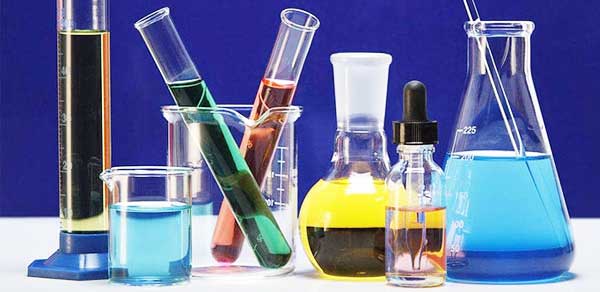Types of Flotation Reagents and Their Function
The flotation process can be widely applied in the field of mineral processing, mainly relying on the special function of flotation reagents. During flotation, various reagents are used to regulate the physical and chemical properties of the selected minerals and flotation media, thereby expanding the difference in hydrophilicity between gold ore or gold bearing minerals and gangue, enabling better separation and achieving the goal of improving gold recovery rate. Up to now, there are mainly three commonly used flotation reagents in flotation machines:

1. Capture Reagents
This is an organic substance that can selectively act on the surface of minerals, making mineral particles hydrophobic. Capture agents are usually polar and non-polar. Polar capture agents consist of two parts: polar groups that can interact with the surface of mineral particles and non-polar groups that have hydrophobic interactions. Non polar capture agents are mainly hydrocarbon oils (neutral oils), such as kerosene, diesel, etc.
Common capture reagents include yellow medicine, black medicine, oils, tar, thiols, amino compounds, fatty acids, and other types.
2. Foaming Reagent
Foaming reagents mainly act on the water gas interface, reducing the surface tension of the aqueous solution, making it easier for the air filled in water to diffuse into bubbles and stabilize them. The combination of foaming agents and capturing agents adsorbs onto the surface of mineral particles, causing them to float upwards.
During flotation, foam is the medium for ore particle flotation. Common foaming reagents include pine tree oil, heavy pyridine, cresol, wood tar, etc.
3. Adjust Reagent
Adjusting reagent can adjust the interaction between other reagents (mainly capture reagents) and the mineral surface, adjust the properties of the slurry, and improve the selectivity for the desired mineral. According to the different main functions of adjusting drugs, they can be divided into:
- Activating Reagent: It can enhance the ability of minerals to interact with collectors and activate difficult to float minerals. In current production practice, some minerals cannot directly adsorb collectors, and activators are often added to change the surface properties of minerals to facilitate the adsorption of collectors. Activators are generally inorganic salts, commonly copper sulfate.
- Inhibitors Reagent: opposite to activators, they are used to weaken the interaction between collectors and minerals, thereby reducing the floatability of minerals. Inhibitors can form a hydrophilic film on the surface of mineral particles, forming a colloidal adsorption film, thereby hindering the interaction between the collector and the mineral surface. At the same time, inhibitors can also dissolve adsorbed collectors or active membranes that contribute to the collector’s effect by dissolving minerals on the mineral surface. Common inhibitors include chloride salts, sodium dichromate sodium silicate, sodium sulfide, and alkalis.
- PH Adjustment Reagent: used to adjust the acidity and alkalinity of the slurry, to control the surface characteristics of minerals, the chemical composition of the slurry, and the working conditions of various other agents, thereby improving the flotation effect. Common adjusters include lime and sodium sulfide.
- Dispersant Reagent: It prevents the aggregation of fine ore particles and is in a monomer state. Its effect is exactly opposite to that of flocculants, commonly used include water glass, phosphate, etc.
- Flocculant: Aggregates fine mineral particles into large particles to accelerate their settling speed in water; Utilize selective flocculation for flocculation desliming and flocculation flotation. Commonly used flocculants include polyacrylamide and starch.

The order of adding chemicals is generally: adjusting Reagent → Inhibitor → Activator → Capturing Reagent → Foaming Reagent. When using flotation reagents, different flotation reagents and their dosages should be selected according to the differences in the floatability of the minerals to be sorted.
 Flotation Machine | Working | Applications | Types | Select
Flotation Machine | Working | Applications | Types | Select Gold Washing Plant | Gold Wash Process & Equipment
Gold Washing Plant | Gold Wash Process & Equipment

